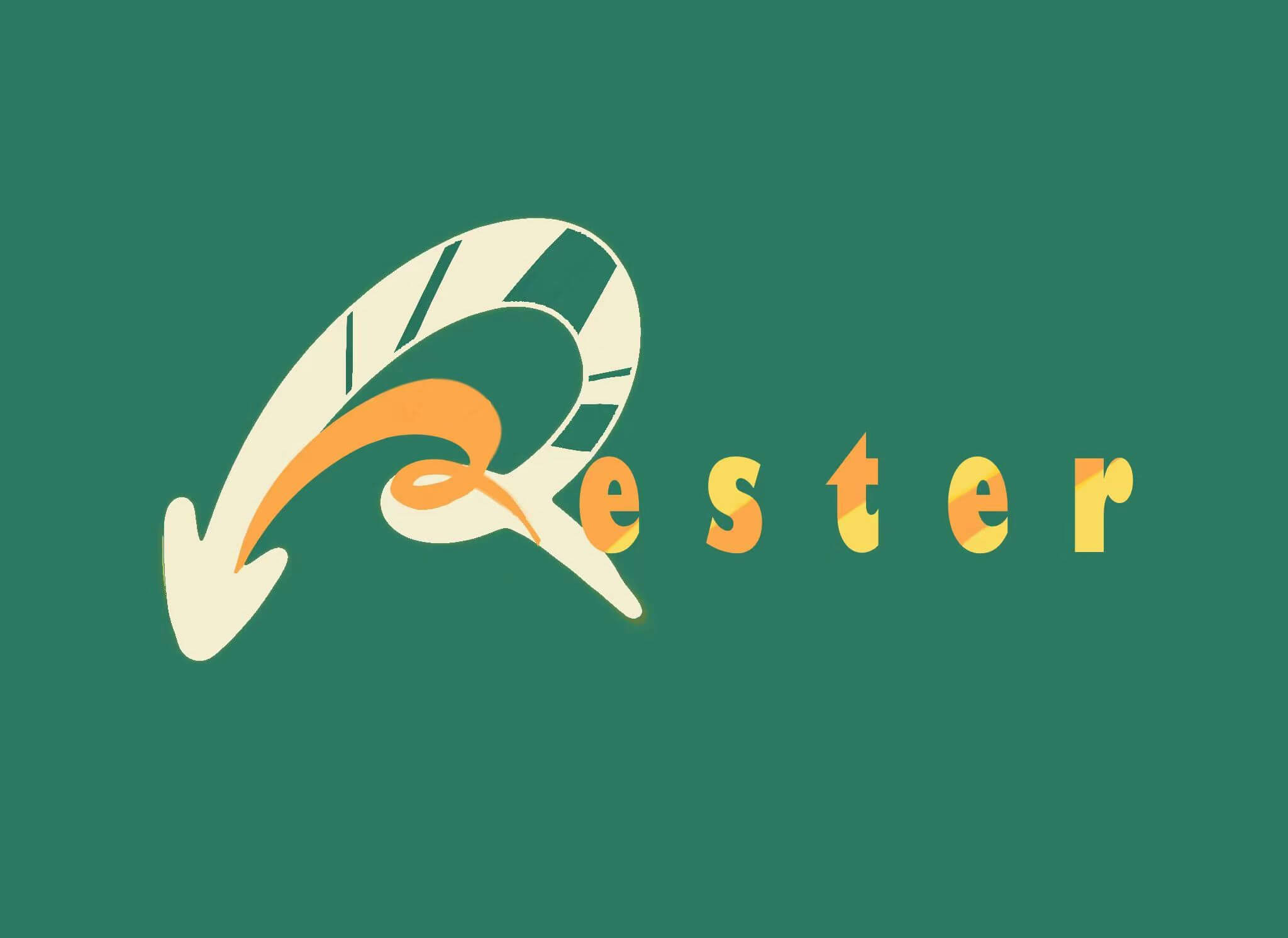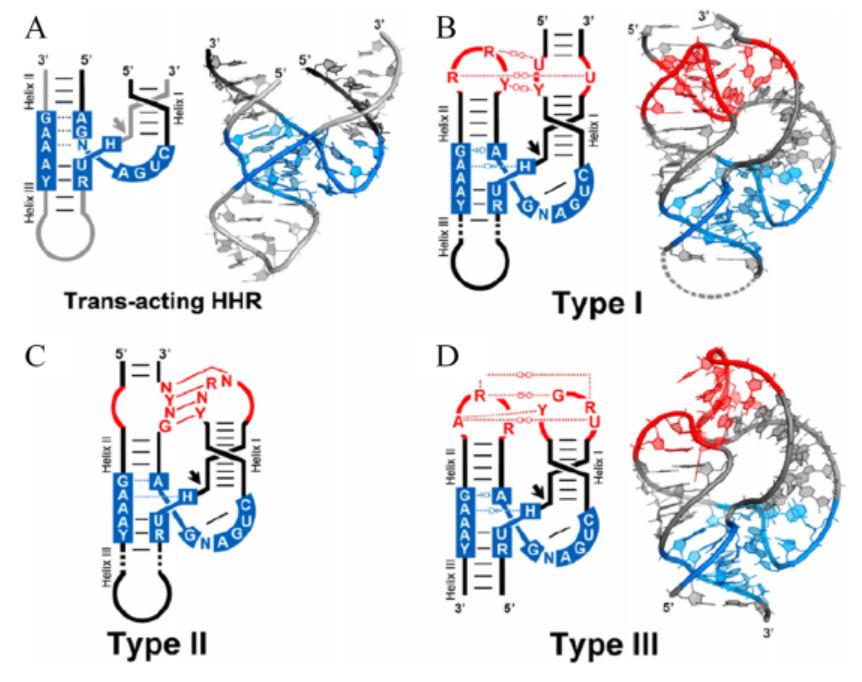Part:BBa_K4162005
Hammerhead ribozyme
Introduction
Hammerhead ribozyme was first found in the genome of viruses and viroids. It involved in the processing of RNA transcripts based on rolling-circle replication. The tandem copy of RNA sequence will be generated in the roll ring replication, and the self-cleaving activity of ribozyme can ensure the generation of RNA copy of unit length.[1]
The secondary structure of hammerhead ribozyme resembles a hammer. According to different open helix tips, hammerhead ribozymes can be divided into three types: TypeⅠ, Type II and Type III. The catalytic center of ribozyme consists of 15 highly conserved bases surrounded by three helixs(HelixⅠ, Helix II and Helix III). The long-range interaction between HelixⅠ and Helix II can help stabilize the conformation of the catalytic center of the enzyme and improve the catalytic efficiency (Figure 1).[2]
Usage and Biology
Hammerhead ribozyme can perform self-cleaving efficiently. While constructing polycistrons in E. coli, ribozyme sequence should be inserted between two coding sequences. After the transcription of CDS is completed, the ribozyme will conduct self-cleaving and separate the long piece of mRNA into segments corresponding to each CDS. Therefore, the translation process of target proteins will depend on their respective RBS strength.
Sequence and Features
- 10COMPATIBLE WITH RFC[10]
- 12COMPATIBLE WITH RFC[12]
- 21COMPATIBLE WITH RFC[21]
- 23COMPATIBLE WITH RFC[23]
- 25COMPATIBLE WITH RFC[25]
- 1000COMPATIBLE WITH RFC[1000]
References
- ↑ Ferré-D'Amaré, Adrian R, and William G Scott. “Small self-cleaving ribozymes.” Cold Spring Harbor perspectives in biology vol. 2,10 (2010): a003574. doi:10.1101/cshperspect.a003574
- ↑ Jimenez, Randi M et al. “Chemistry and Biology of Self-Cleaving Ribozymes.” Trends in biochemical sciences vol. 40,11 (2015): 648-661. doi:10.1016/j.tibs.2015.09.001
| None |


